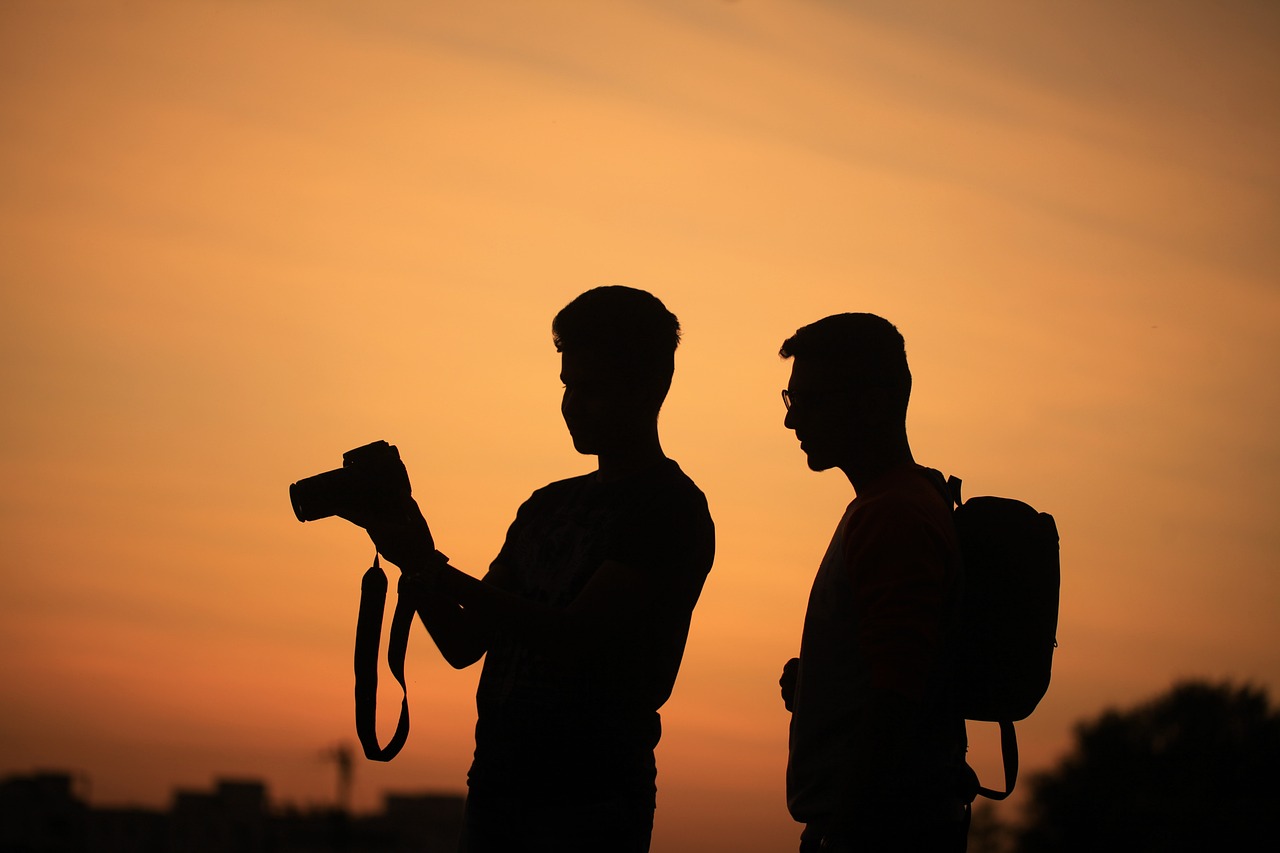
Choosing a subject in photography
How do you know what photos to take? Are you going to a family reunion? Are you going on a hike and hoping to see some wildlife? There are many questions when it comes to photography. You will want to have a base of photographic techniques to provide the best photograph and once you have learned these techniques the subject will be up to you. Most photographers, whether they are professionals or amateurs like you, have a medium they work with. It is the same with other artists; there are painters, sculptors, sketch artists and many more. Photography is an art and therefore requires an eye for the right photograph.
How do you know what subject to photograph? This is where your interests lie. If all you want to do is photograph wildlife, then you have to wait for the subject to come into view. Of course, you can go to a wildlife park like Rocky Mountain National Park and hope to find subjects. Mostly it depends on the time of year. Moose and deer are more prominent when they come down the mountains to mate and feed. Birds will always be available, but the species will vary. If you are in Alaska, you will probably have several chances to shoot a bald eagle, while in Florida you may find herons or cranes.
When practising techniques, you need to choose your subject accordingly. Many of us are restricted to the area around us. Landscape photography requires you to use the land around you, unless you are going on holiday to a new place. This is another important fact to consider when choosing a subject. Either you are limited or you have the whole world at your feet. It depends on your ability to travel. For now we will stay close to home.
Once you have chosen your medium, you will go in search of subjects. The subject that speaks to you is the one you should choose to photograph. If you're interested in a tree and the knots it forms, you'll want to check the lighting in the area. Deciding what angle to shoot from will also determine the subject. The lighting may not be right for the subject you have chosen, and the other side of the subject may not give the best picture.
Choosing a subject requires a good eye for detail and observation. Often the best subject is not the one you can see with your naked eye. Have you ever looked at a tree and found a spider web hidden in the leaves? If you look closer, you might even find a spider. A spider's web can make a great picture, not only because of the technique required to make the web appear in your photograph with its silky threads, but also because of the pattern of a spider's web. We are fascinated by an organism that can create a symmetrical pattern.
Again, your eye is the best tool for finding a subject. How you choose your subject will depend on what is available, the angle and the light. Moving slowly through an area, such as a landscape, will help you find the subject. Looking under leaves or rocks is often useful for finding something new and different. You never know where you might find an image just waiting to be clicked. Some people and animals do things that will never happen again, and this is when you want to have your camera at hand. Most people interested in photography carry a camera with them wherever they go. If this sounds like a habit, a real habit turns into a hobby and a possible income if you get good at taking the right pictures. As you get better at taking pictures, you can start displaying your pictures for others to see and possibly buy.